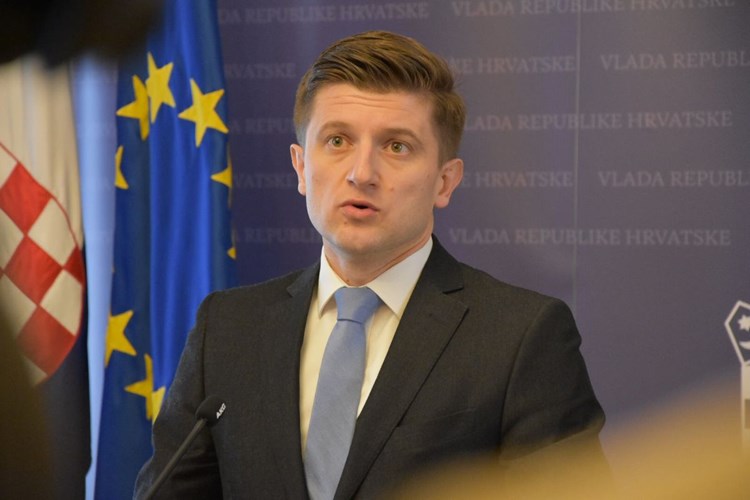- Published: 28.02.2018.
FinMin Zdravko Maric on preliminary report by the State Bureau of Statistics
Finance Minister Zdravko Maric on Wednesday commented on the latest figures released by the State Bureau of Statistics (DZS) indicating an economic growth of 2% in the last quarter of 2017, saying that the results did not deviate much from what was expected but that it was necessary to aspire to higher growth rates.
"Even if we had achieved a better result in the fourth quarter, my response would be the same. I think that at the moment a growth rate of about 3% would be satisfactory because economic growth is on much healthier foundations now then it was in the pre-recession period when we had growth rates of 4.5% and 5%. At that time, however, we had a current account deficit of more than 9%, the budget deficit and public debt was growing rapidly. Both those deficits have now been transformed into surpluses," Maric told a press conference.
A 3% growth rate, he said, isn't anything to be satisfied with in the period to come.
"We should do everything possible to improve the economy's performance and to continue relieving both tax and non-tax burdens while implementing structural measures and reforms to boost certain segments of the economy," Maric said.
He added that seasonally adjusted figures indicated a growth rate of 2.2% in Q4, the main driver of growth being personal consumption.
"I have to note that this is the 14th consecutive quarter of growth. In the last quarter personal consumption rose by 3.4%, and investments rose too," Maric said.
When these preliminary data are put in context and when we calculate GDP generated in the other three quarters in 2017, total economic growth was 2.8%. "That is then the second consecutive year that growth was in the vicinity of 3%," he concluded.
Asked to comment on the fact that this was the slowest growth rate since Q2 in 2015 and that the economy was slowing down, Maric said that economic growth was somewhat slower compared to the preceding quarter and "below expectations."
"Our aim and idea of economic growth is that along with personal consumption, a greater contribution is made particularly by investment spending because that is a guarantee for the future and can have the greatest impact on raising GDP not just in one year but in the years to follow and on increasing exports of goods and services," he added and admitted that the figures showed that some things needed to be corrected.
He underscored that when domestic consumption rises due to relatively high import dependency it contributes negatively to overall GDP. "Despite the figures from the Bureau of Statistics figures on the monthly level, which suggest somewhat slower imports of goods, current figures indicate that imports of goods and all services are at a level of 6% (Q4) which negatively impacts overall GDP," he said.
Industrial production and agricultural production are the main reasons for the mild slowing down, he added.
A preliminary report by the national statistical office shows that in the fourth quarter of 2017 Croatia's GDP grew 2% from the same period of 2016, which is a significantly lower rate than in the previous quarter and lower than expected.
Text: Hina
